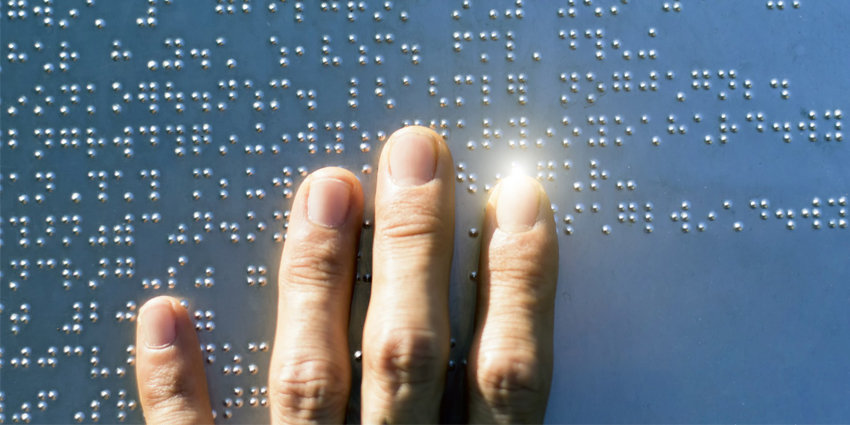HTC’s VIVE Focus 3 has expanded its utility aboard the International Space Station (ISS) as it is being used to support physical and mental health.
The VIVE Focus 3 is operating as part of vital exercise routines by astronauts in conjunction with a FERGO exercise bike and a VR experience created by the Danish Aerospace Company.
By wearing a VIVE Focus 3 headset, astronauts can watch a scenery that moves in real time as they cycle, providing them with a visual experience to match their physical output.
The headset achieves this synchronisation by communicating with FERGO via Bluetooth, which can increase and decrease resistance to match the inclines within the Focus 3’s changing terrain.
European Space Agency’s Andreas Mogensen, Commander of the ISS, who has already used the VIVE Focus 3, explains why it so beneficial while he is on the ISS: “I miss the earth. I do. It’s a beautiful sight to sit in the Cupola and look down on Our Blue Planet, but it’s not the same.
“…It’s a very, very unnatural laboratory we’re in. One of the experiments I have here is a virtual reality set I use to refresh myself to help my psyche, and it’s actually wonderful.
“One of the things I love about this virtual reality set, is the sound, hearing the sound of the birds chirping, hearing the sound of the wind blowing through the reeds and through the leaves. I love that and it’s something I miss.”
Andreas can choose from five different cycling routes filmed in his home country of Denmark, including Loekken, Svanninge Bakker, Silkeborg, Odense Aasti, and the Copenhagen Lakes.
The UK Space Agency Expert, Jeremy Curtis, explained that astronauts in space for five months can lose as much as 40 percent of muscle and 12 percent of bone mass, which is the equivalent to a 20-year-old turning into a 60-year-old within three months.
It takes some astronauts up to 12 months of physical rehabilitation to return to full fitness when they are back on Earth.
Astronauts must, therefore, exercise for two hours every days in order to minimise the toll that microgravity takes on their bodies.
With such a rigorous workout regime, solutions such as the VIVE Focus 3 are being deployed to improve experiences for the ISS astronauts.
HTC VIVE was first launched to the ISS on November 5th, 2023, to help astronauts tackle mental health issues associated with the feelings of isolation that come from living in such a confined space away from Earth.
Cher Wang, Chairwoman and Co-Founder of HTC, commented on the solution’s expansion into the realm of physical health on the ISS: “The deployment of VIVE Focus 3 on the ISS for mental health was an incredible milestone, and we’re excited to build on this success by expanding the initiative to include support for astronaut physical health.
“At HTC, we’re driven by a culture of innovation and we’re constantly seeking out new ways to push cutting-edge immersive technology to benefit humanity.
“VIVE Focus 3 being the first standalone VR/XR headset to work in the microgravity conditions of space is a testament to our team’s efforts, and will have a great impact on Earth and beyond.”
As Wang points out, the VIVE Focus 3 is not exclusively used by the ISS. In fact, earlier this month schools across North Dakota were sent more than 300 HTC VIVE VR headsets as part of a state-wide initiative spearheaded by CareerViewXR.






